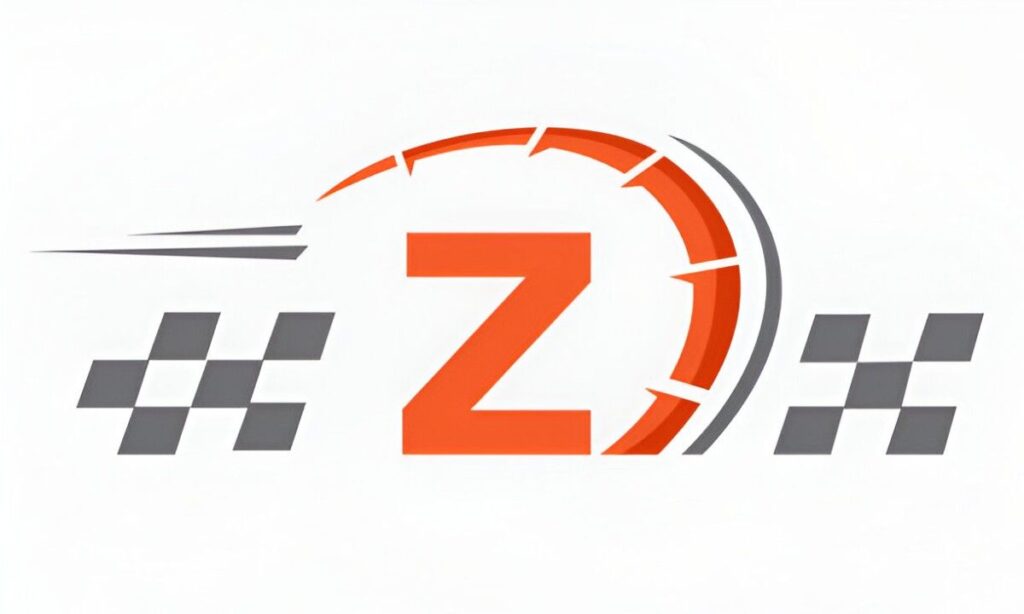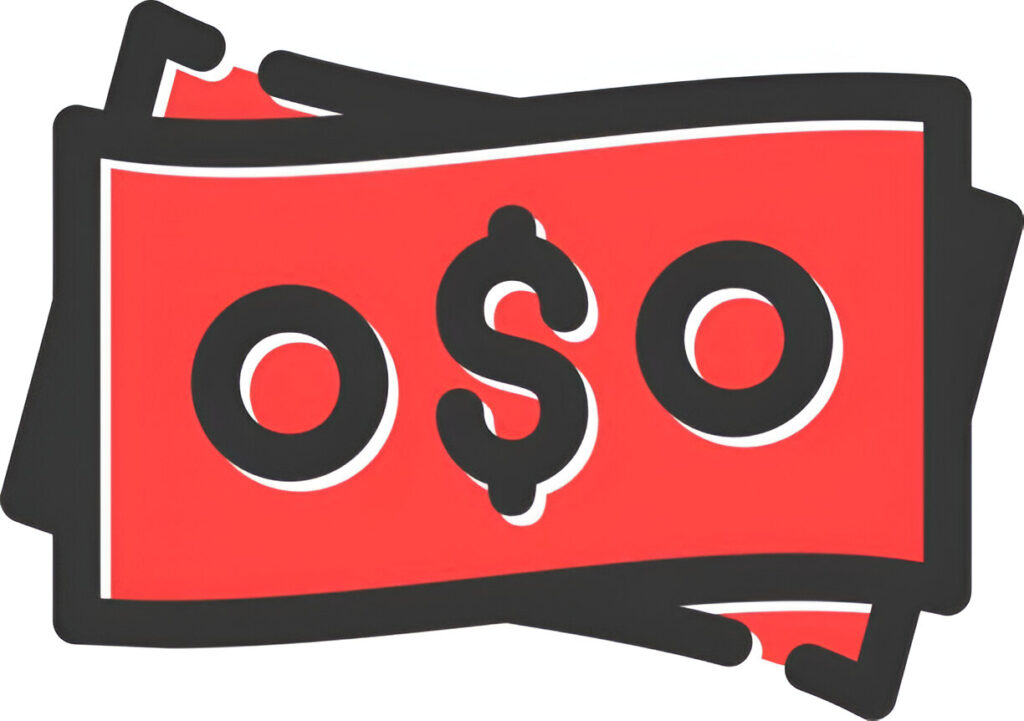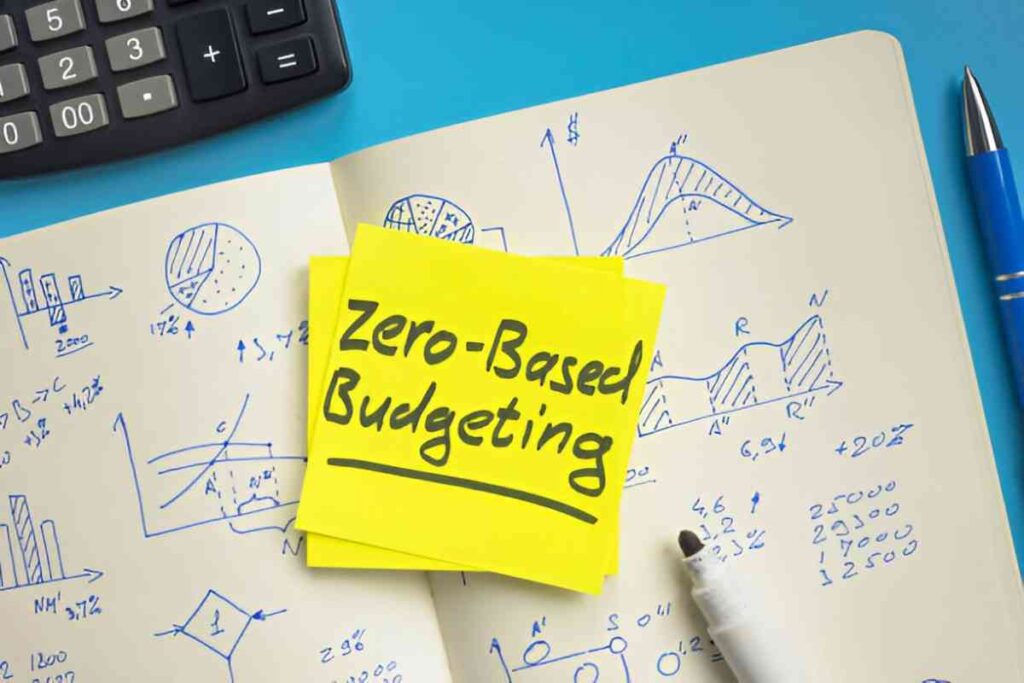As someone who has spent years analyzing global financial systems, I find the Paris Club one of the most misunderstood yet critical institutions in international finance. If you’ve ever wondered how sovereign debt crises get resolved or why some nations receive debt relief while others don’t, the Paris Club plays a pivotal role. In this deep dive, I’ll break down its functions, history, and mechanisms—using plain English, real-world examples, and mathematical clarity where needed.
Table of Contents
What Is the Paris Club?
The Paris Club isn’t a formal institution with a headquarters or a charter. Instead, it’s an informal group of creditor nations that coordinate to restructure or forgive sovereign debt owed by struggling countries. Founded in 1956, it emerged when Argentina negotiated with its creditors in Paris. Today, it consists of 22 permanent members, including the US, Japan, Germany, and France.
Key Objectives
- Debt Restructuring: Adjusting repayment terms for debtor nations.
- Debt Relief: Partial or total forgiveness of debt under specific conditions.
- Crisis Prevention: Mitigating financial instability in vulnerable economies.
How the Paris Club Operates
When a country faces unsustainable debt, it requests negotiations with the Paris Club. Creditors then assess the nation’s economic health, IMF recommendations, and political stability before agreeing on terms.
The “Comparability of Treatment” Principle
The Paris Club insists that private creditors and non-member nations offer terms no less favorable than those it provides. This prevents free-riding and ensures fairness.
Common Debt Treatments
- Rescheduling: Extending repayment periods.
- Debt Reduction: Lowering the principal or interest.
- Debt Cancellation: Full forgiveness in extreme cases (e.g., HIPC Initiative).
Mathematical Underpinnings of Debt Relief
To grasp how debt relief works, let’s examine the net present value (NPV) of debt, a key metric in restructuring:
NPV = \sum_{t=1}^{T} \frac{C_t}{(1 + r)^t}Where:
- C_t = Cash flow (debt payment) at time t
- r = Discount rate (reflecting risk)
- T = Total repayment period
If a country’s NPV-to-exports ratio exceeds 150%, the IMF typically deems its debt unsustainable. For example:
Case Study: Zambia (2020)
- Total Debt: $12 billion
- Exports: $8 billion
- NPV/Exports Ratio: 187% → Debt deemed unsustainable, triggering Paris Club negotiations.
The US Role in the Paris Club
The US, as the largest economy and a major creditor, wields significant influence. Historically, it has pushed for:
- Conditionality: Tying debt relief to economic reforms.
- Transparency: Ensuring debtor nations disclose financial data.
US Exposure Example:
As of 2023, the US held roughly $15 billion in bilateral loans to low-income nations, many of which are Paris Club cases.
Criticisms and Controversies
While the Paris Club has helped many nations, critics argue:
- Lack of Representation: Debtor nations have no permanent seat.
- IMF Dominance: IMF programs often dictate terms, sidelining local priorities.
- Moral Hazard: Frequent bailouts may encourage reckless borrowing.
The Paris Club vs. Private Creditors
Here’s how the Paris Club compares to private bondholders in sovereign debt crises:
| Aspect | Paris Club | Private Creditors |
|---|---|---|
| Negotiation Style | Consensus-based, political | Market-driven, legalistic |
| Debt Instruments | Bilateral loans | Bonds, syndicated loans |
| Flexibility | High (can offer grace periods) | Low (strict covenants) |
Future Challenges
- China’s Rise: As China lends heavily outside the Paris Club, coordination becomes harder.
- Climate-Linked Debt: Should climate vulnerabilities factor into relief terms?
- Post-Pandemic Debt: COVID-19 has pushed many nations into crisis, testing the Club’s capacity.
Final Thoughts
The Paris Club remains a cornerstone of global financial stability, but it must evolve to address modern complexities. For the US, balancing strategic interests with equitable debt solutions will be crucial. Whether you’re a policymaker, investor, or simply a curious observer, understanding this opaque yet powerful group is essential in today’s interconnected economy.





